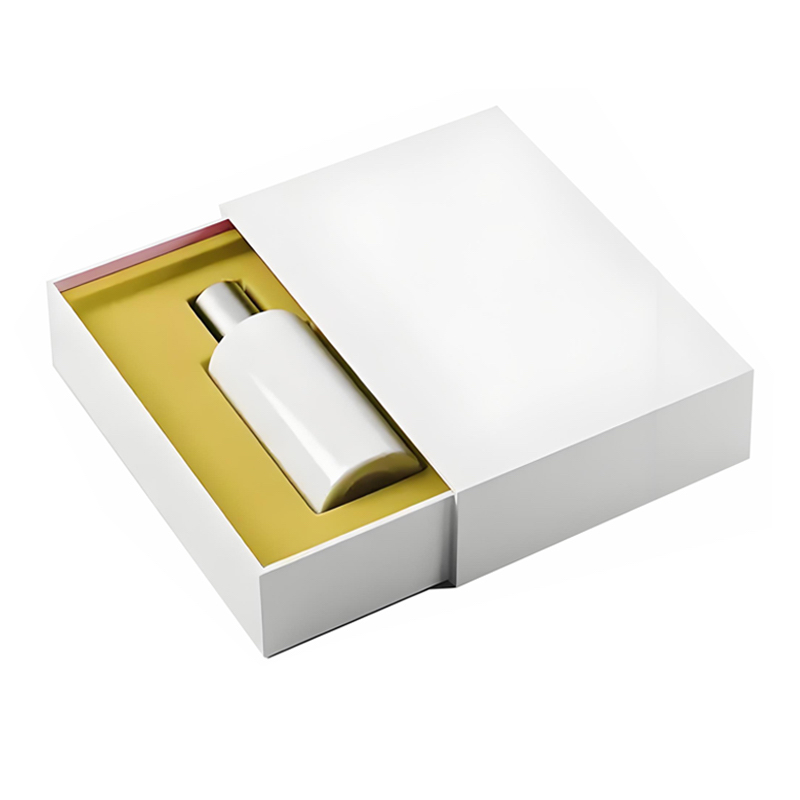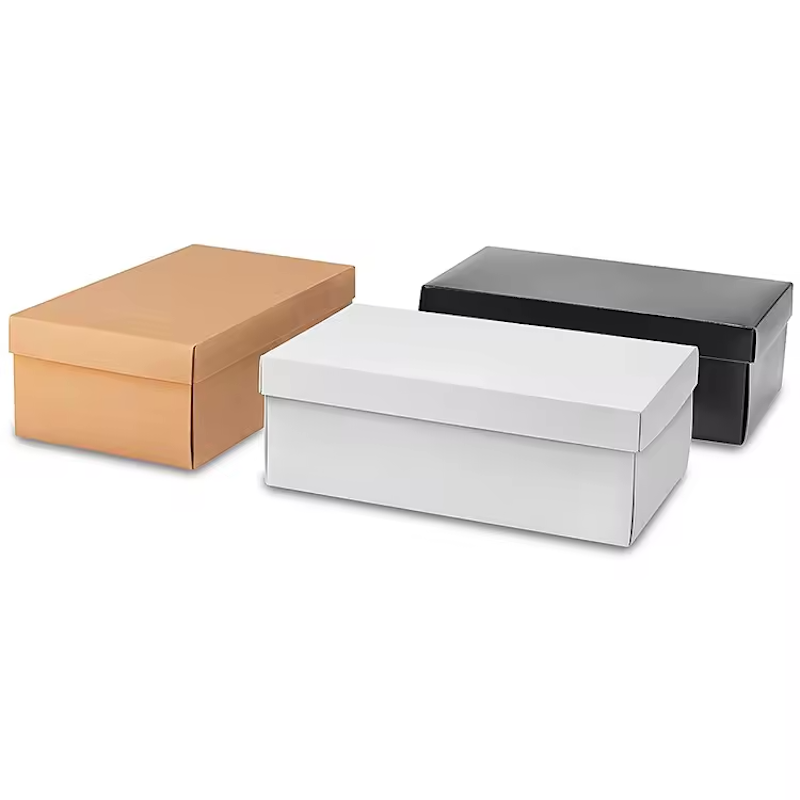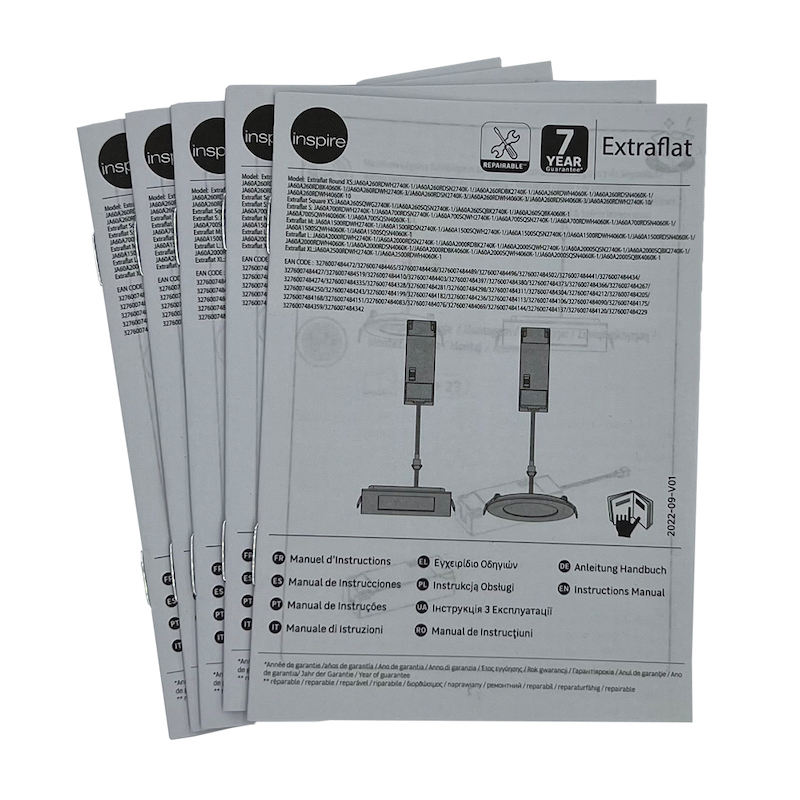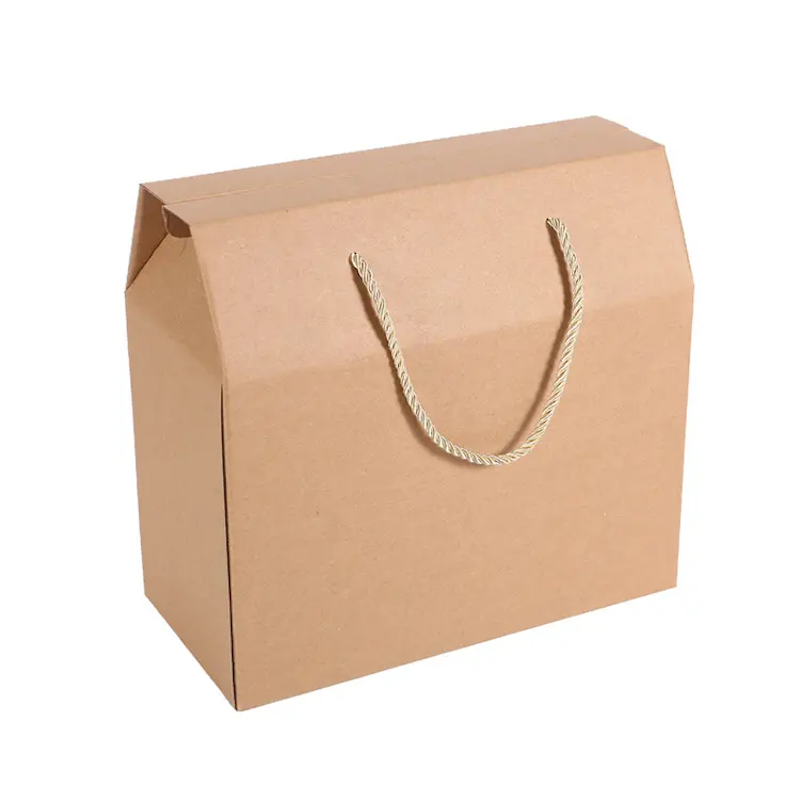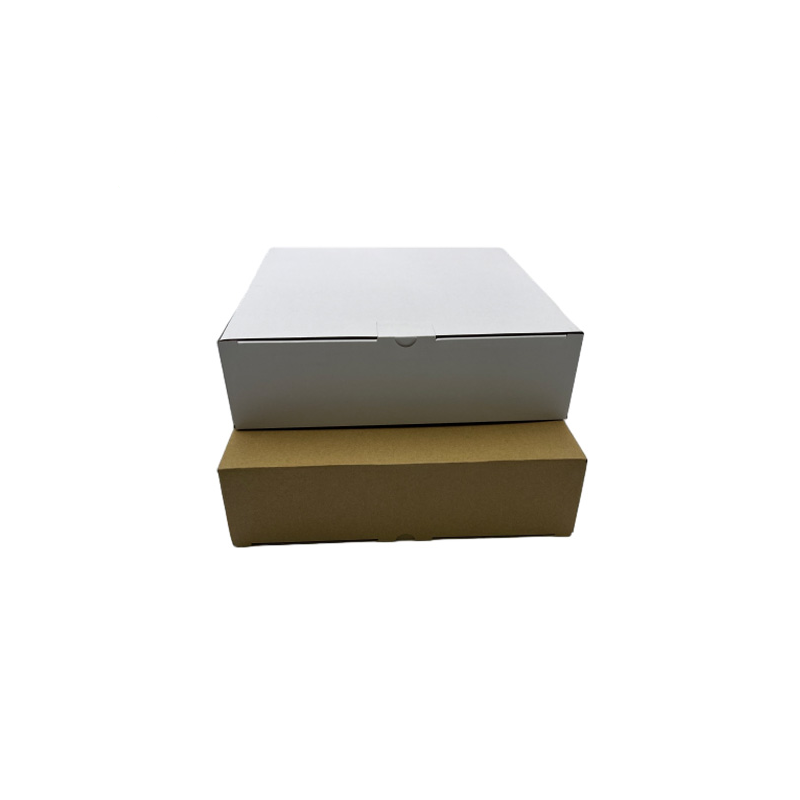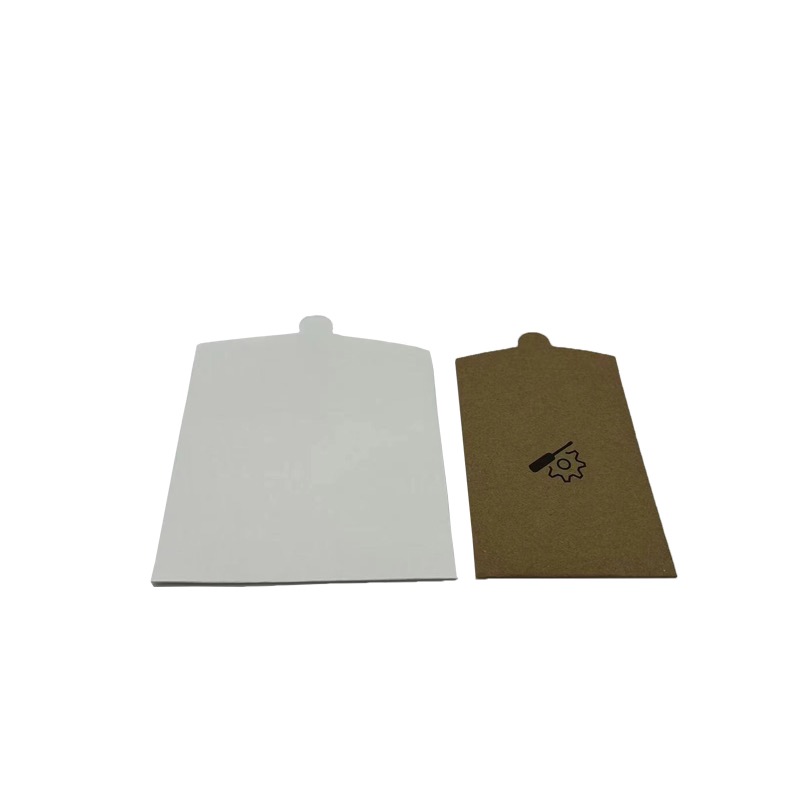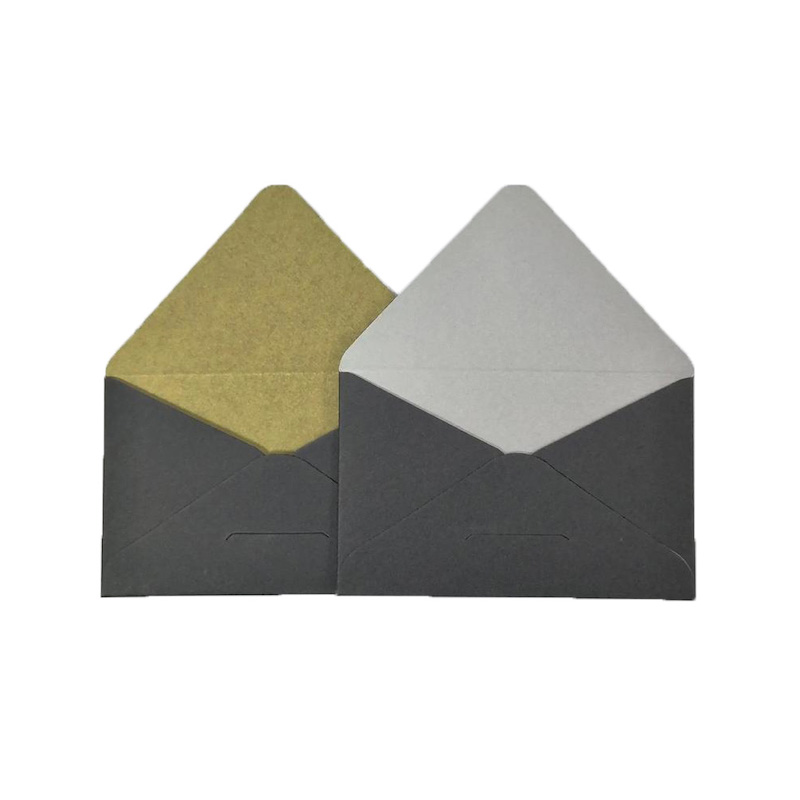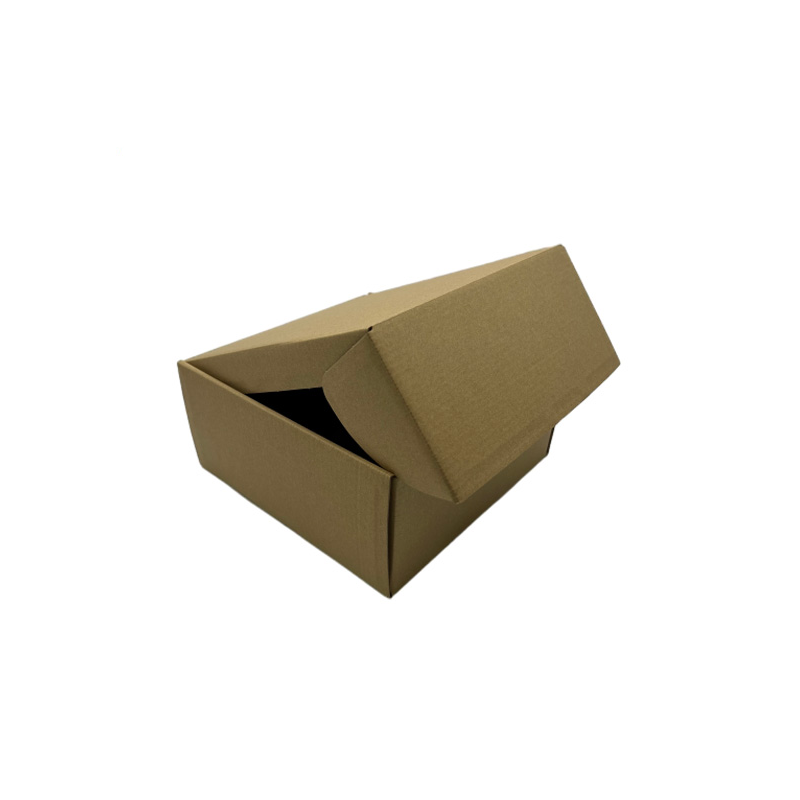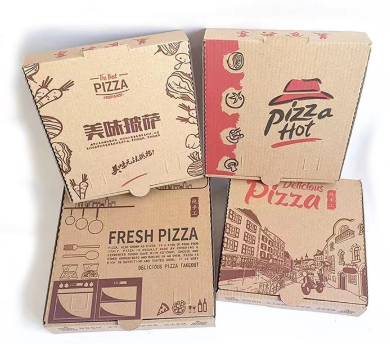Corrugated boxes are one of the most widely used forms of packaging across a wide range of industries, including e-commerce, food delivery, electronics, and pharmaceuticals. In addition to their design and strength, the key to the real practicality of corrugated boxes lies in their efficient transportation and storage capabilities. In this article, we will explore the typical transportation and storage methods of corrugated boxes to maximize efficiency and save costs.
Transportation of Corrugated Boxes
1. Flatbed Shipping
Corrugated boxes are usually transported in a knockdown or flatbed format to minimize storage and transportation space. This method ensures that the cardboard boxes are compact and easy to handle and store during transportation, reducing the risk of damage during transportation.
2. Shrink Wrapping Or Strapping
These bundles are secured with twine, strapping or shrink/stretch film to maintain their integrity. To protect flatbed boxes from dust, moisture and movement during shipping, cartons are often bundled or tied together to prevent movement during shipping.
3. Palletization For Greater Stability
Corrugated boxes are stacked on wooden or plastic pallets and strapped with strapping for easy loading and unloading with a forklift. This ensures that the cartons remain neat, stable and secure during transportation.
4. Handling Practices
Handle corrugated shipping boxes carefully to avoid damage. Do not drop, drag, or throw bundles as this can damage the corrugated shipping boxes. Use proper lifting techniques and avoid using strapping as handles.

cardboard boxes
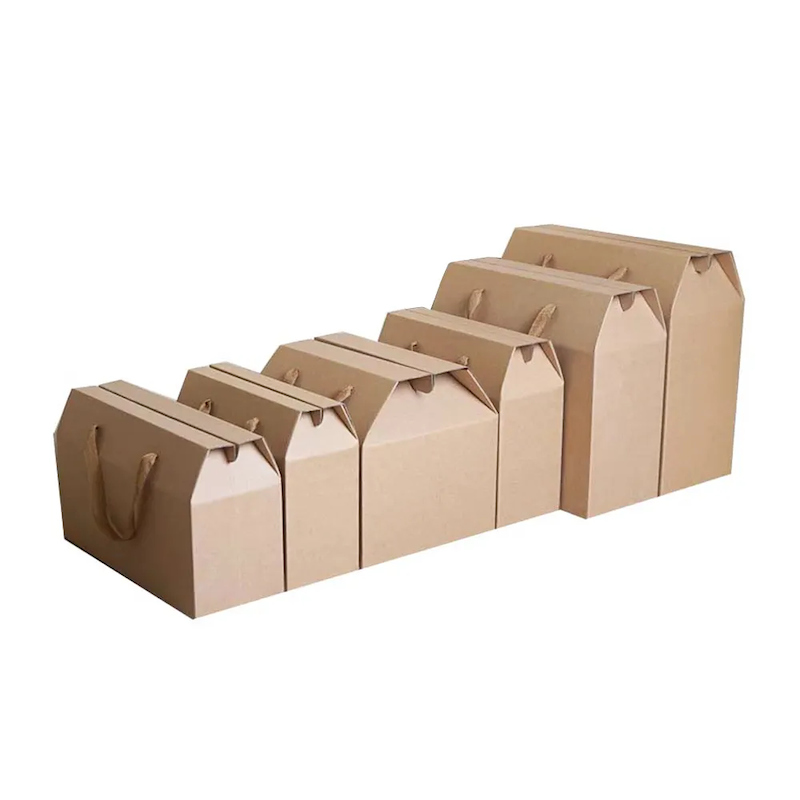
cardboard shipping boxes
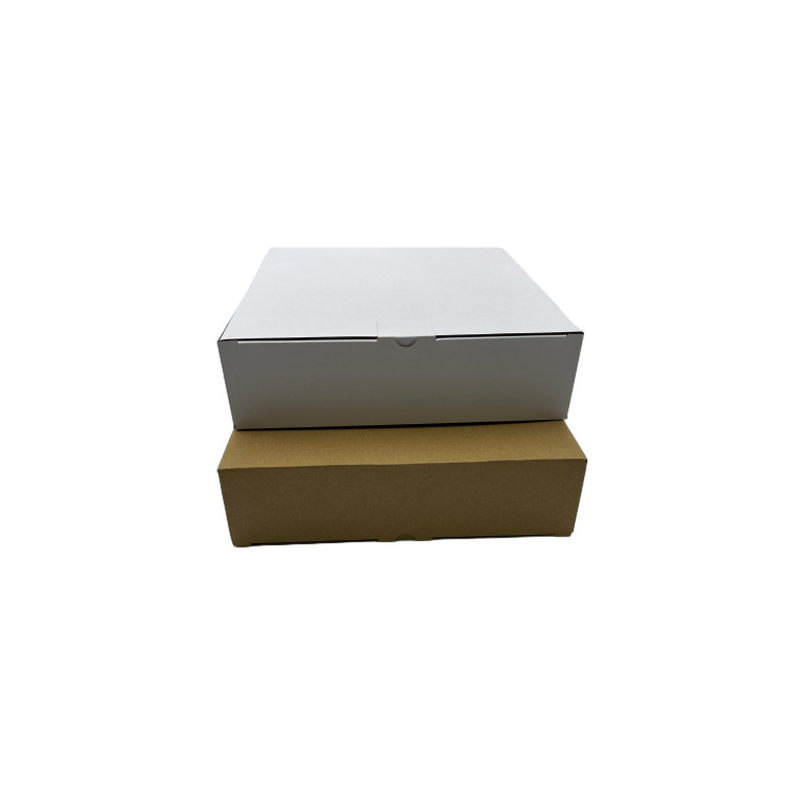
corrugated shipping boxes
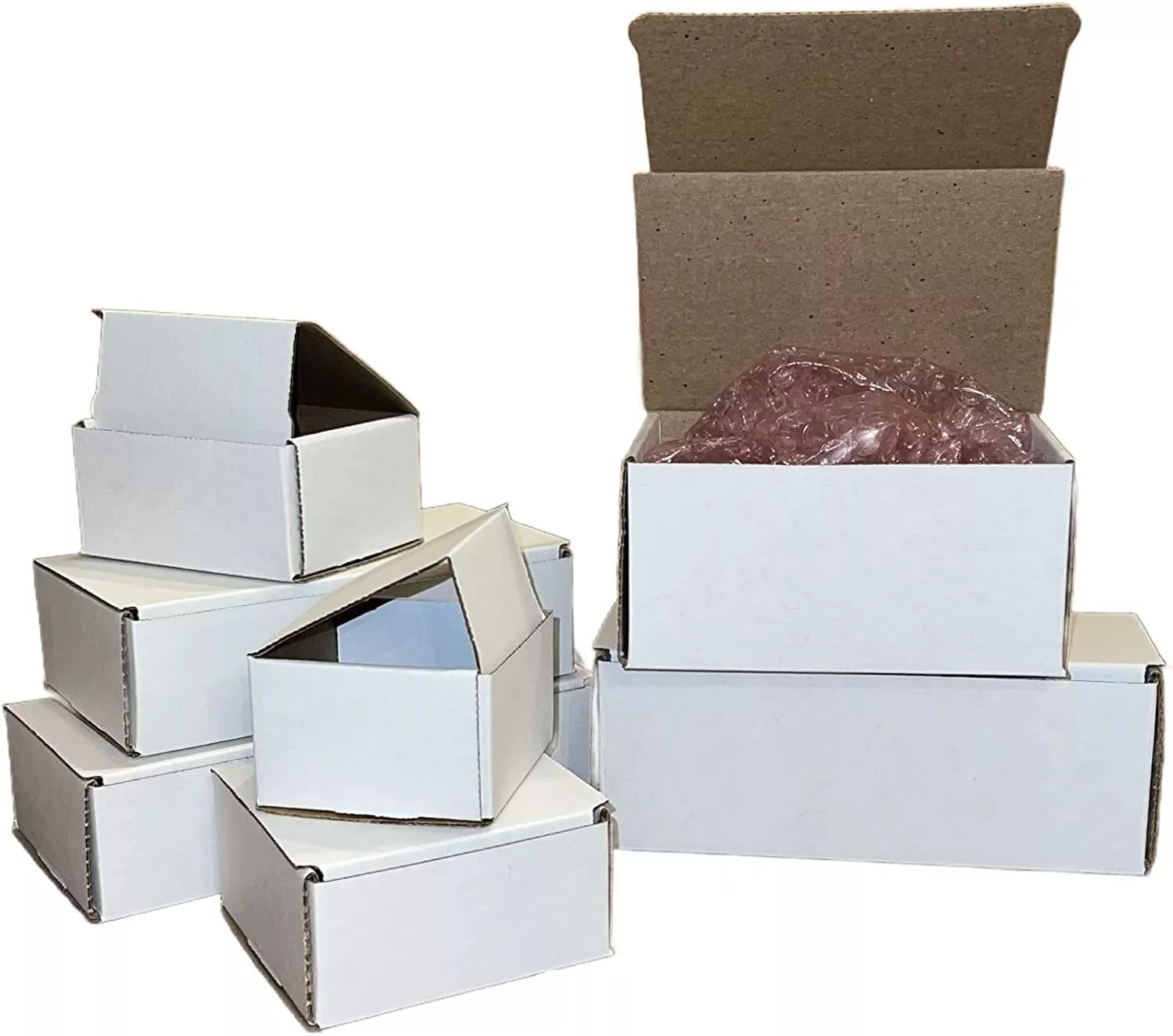
cardboard shipping boxes
Storage of Sorrugated Boxes
1. Store In A Dry And Cool Place
Corrugated cardboard is a paper material, so it must be stored in a dry and ventilated environment. Moisture or humidity will weaken the paper and affect the strength of the cardboard boxes.
2. Environmental Control
Store cardboard shipping boxes in a cool, dry, temperature- and humidity-controlled environment. Avoid extremes in temperature and humidity to prevent damage. Ideal storage conditions are between 50% and 70% relative humidity and temperatures around 22°C.
3. Protective measures
Store cardboard boxes off the ground, on pallets or other flat padding to protect them from moisture, or store cardboard boxes away from ducts or ceiling condensation areas to protect them from moisture.
4. Stacking and Stability
Avoid stacking cardboard boxes too high as this can cause instability and possible damage. When stacking, change the direction of the bundles to improve stability.
5. Avoid Damage
Do not place heavy objects on top of stored cartons as this can crush or distort the corrugations of the cartons, reducing their protective capabilities. Avoid standing, sitting, or climbing on stacked cartons to prevent damage.
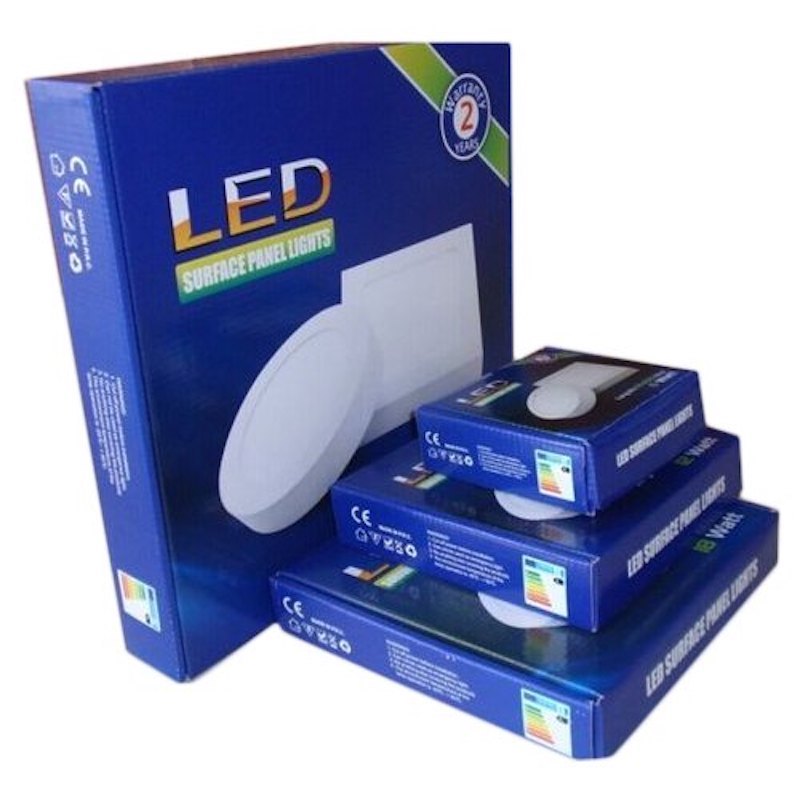
cardboard boxes
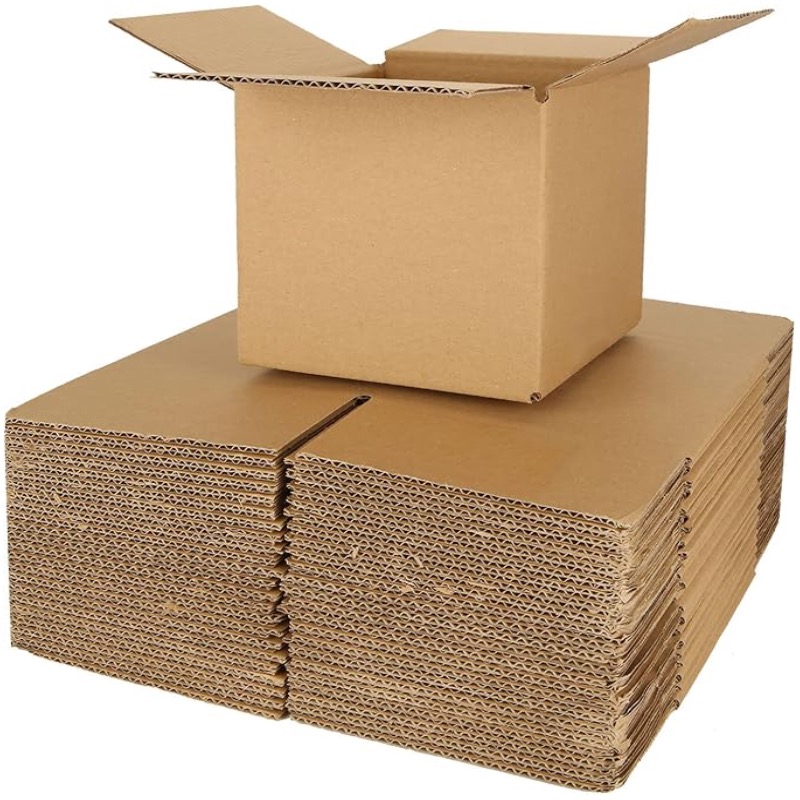
corrugated shipping boxes
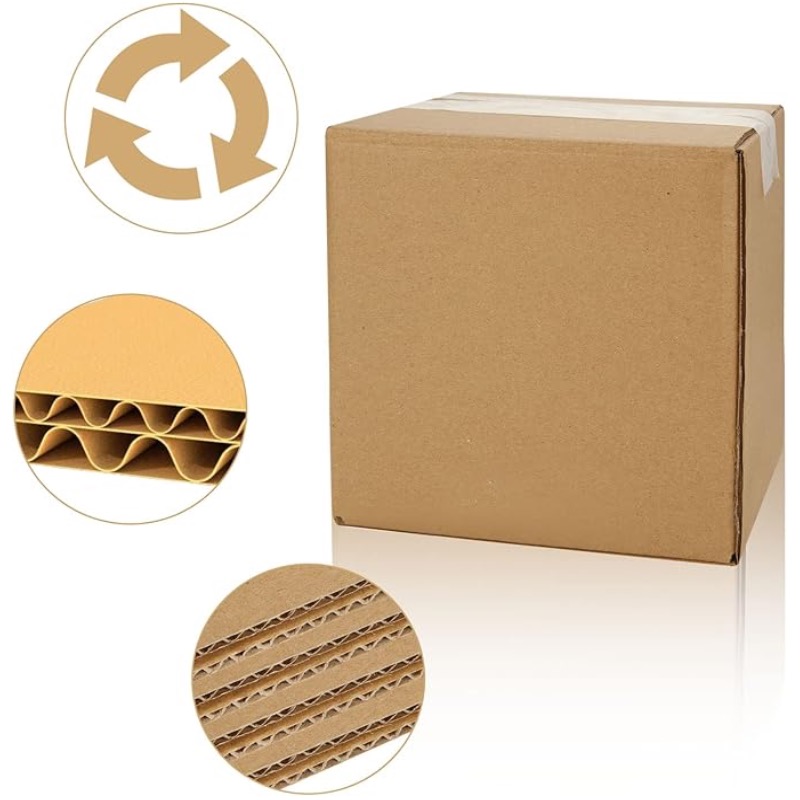
corrugated shipping boxes
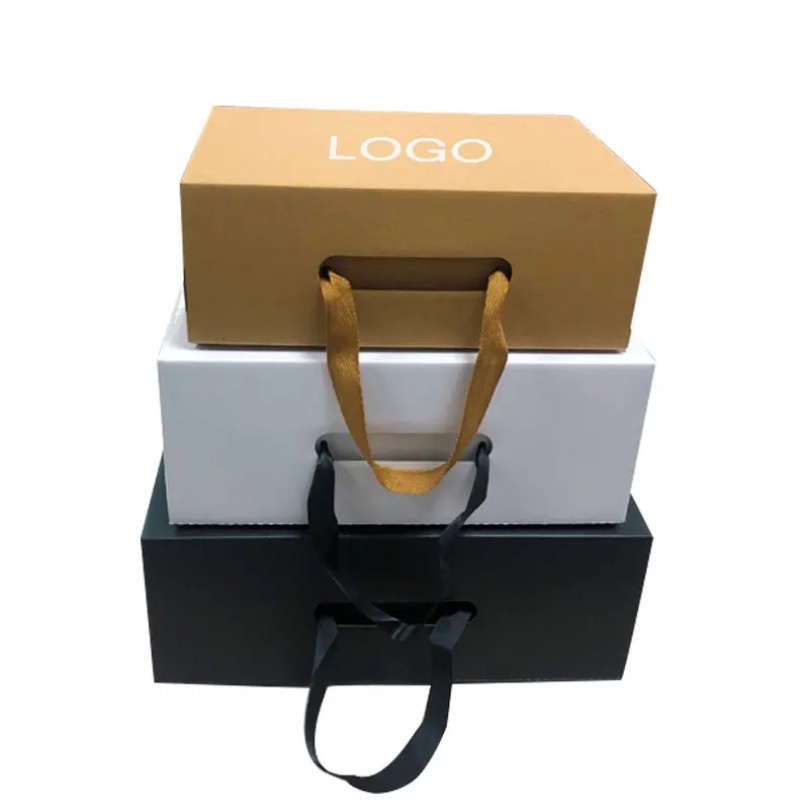
cardboard shipping boxes
Proper shipping and storage techniques are essential to keeping cardboard boxes in top condition and effectiveness. Following the above recommendations, including laying boxes flat, protecting them from moisture, and handling them carefully, will ensure that corrugated boxes remain in top condition. These practices will not only maximize the life of the cardboard shipping box, but also ensure the necessary safety for the items inside the corrugated shipping box.

